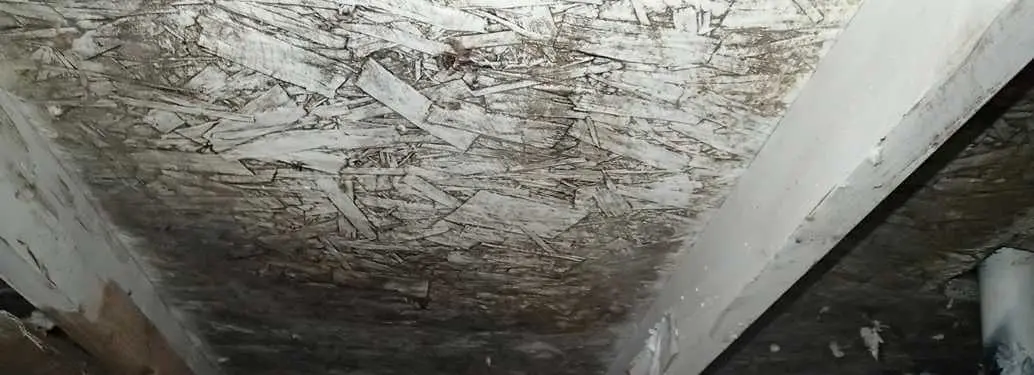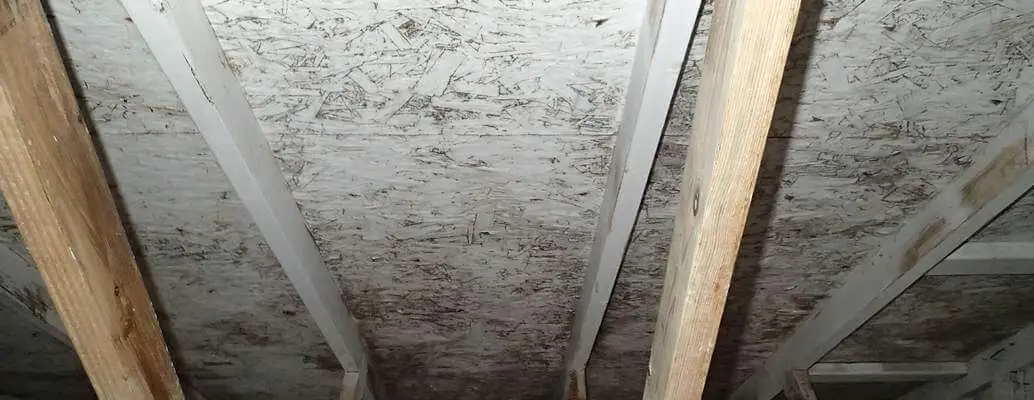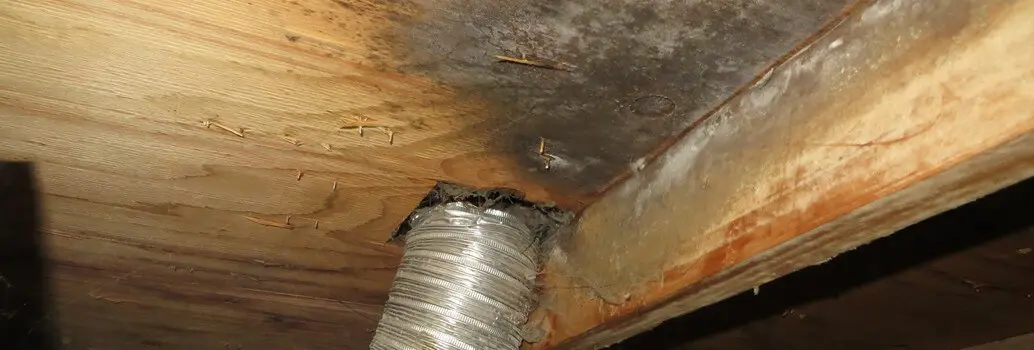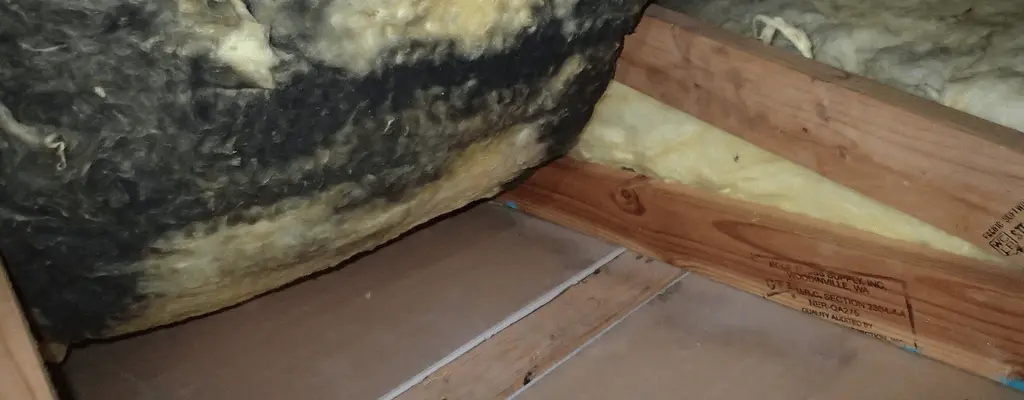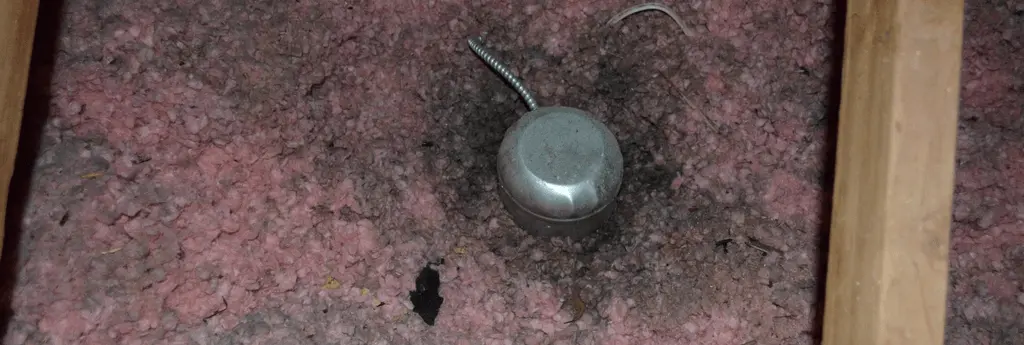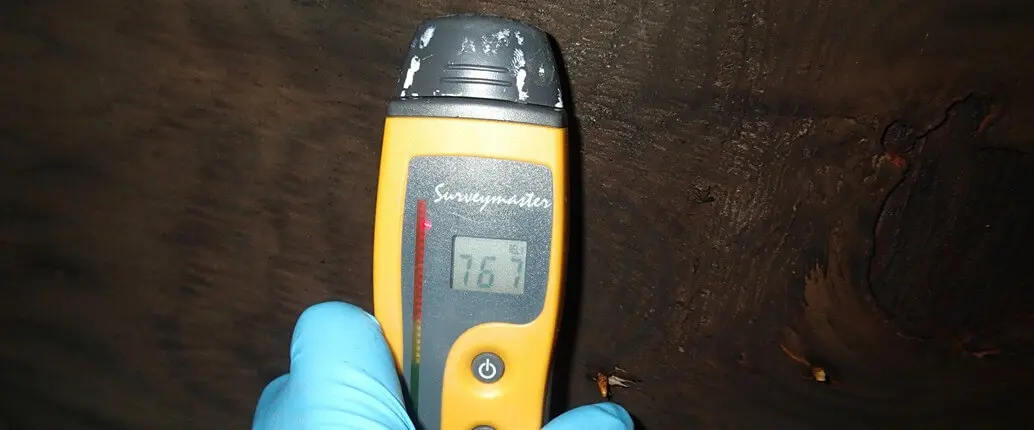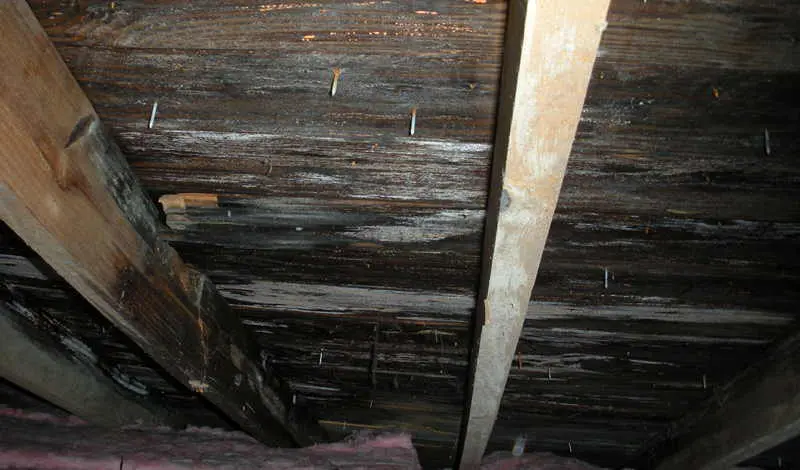Attic Mold - Treatment & Removal
The mold remediation industry is inundated with techniques to treat attic mold. Wire brushing, HEPA vacuuming, dry ice blasting, coatings with mold killing swords (seriously – this exists), the list is quite long. One would assume this plethora of options would allow the best solutions to rise to the top and eventually the dubious techniques would fall away. This assumption would be very wrong.
Why Attic Treatments Fail
The problem is revealed even before we talk about the types of treatments available. It’s in the name itself. By referring to the task of mold remediation as a ‘treatment’ it implies that the solution lies in some sort of chemical or coating. Treatments make sense in many situations. If you’re building a deck, pressure treated wood will greatly increase the life of your lumber. If you have an insect problem, spraying a bug treatment around your property is a sensible technique for keeping the pests away.
You would not, however, treat a leaky pipe or a flooded basement. You would fix/ repair/ remediate/ the water intrusion problem. Yet when you step into the unscrupulous mold remediation industry, something strange occurs. Many contractors are perfectly happy to sell a treatment without fixing the underlying problem. All too often this succeeds. Why? Most homeowners have never dealt with a mold issue and have a difficult time parsing out the scam from the solution.
The motivation to forego fixing the underlying problem is understandable. Fixing the cause of attic mold growth can be hard. Crawling around the entire attic counting can lights and collecting measurements is fairly unpleasant. Popping your head up in the attic for 2 minutes and performing your inspection from the hatch is a tempting alternative.
But of course, this is worthless. This is akin to hiring a plumber who, after finding a leaky drain pipe, doesn’t bother fixing the broken pipe and instead tries to sell you a dehumidifier. If this sounds absurd, you’re right. Yet, this is how 90% of attic mold projects are handled.
The attic in the image above was treated only 4 months before this photo was taken. You’ll notice the mold growth is unimpeded by the ‘mold treatment’. Why is this? Unfortunately, all treatments run about against a cold, wet, unyielding fact: Within a few months a layer of dust settles on the treated surfaces (even inverted surfaces). This dust contains a lot of organic material. Mold eats organic materials. So, while the coating is proudly protecting the the sheathing beneath it, the mold is happily growing on the dust. Now, this is not entirely true. In time, the coating will fail and the mold will extend its growth into the sheathing.
How can you tell if you’re dealing with a bid?
Look for exclusions in the warranty
This is a big giveaway. If the service a contractor is offering doesn’t actually solve the problem, the verbiage in the warranty will reveal the lack of confidence. You’ll find it lurking amidst the legal jargon as an exclusion against any recurrence of moisture issues. Which, of course, is the whole reason you would seek a warranty in the first place. Mold growth only occurs when elevated moisture is present. It will not grow in a dry attic. Therefore, if a warranty becomes void in the presence of elevated moisture, the treatment hasn’t accomplished anything.
THE RIGHT WAY TO TREAT ATTIC MOLD
Identify the moisture problem
Now the hard part begins. It’s easy enough to shoot holes in the treatment only techniques. It’s quite another task to successfully identify the cause of attic mold growth in each unique situation. The cause of the excess moisture must be clearly identified. In most cases, this is due to several compounding factors.
Rule out roof leaks
Condensation often masquerades as a roof leak. The image below is showing the conjunction of the skylight and the roof. This is a common place for roof leaks. It’s also a common location for condensation problems. During showering, a bathroom is inundated with tremendous amounts of humidity. If the exhaust fan isn’t working well or the skylights are set in a deep channel in the ceiling, the warm moist air will become trapped in this area. Unless it’s well sealed, the moisture will quickly move into the attic space where it will hit the cool surface of the roof sheathing.
Stop Air Infiltration
Attic mold remediation should include techniques to limit the amount of air movement from the occupied portion of the house into the attic. Much of the condensation that leads to mold growth in an attic is due to moist air move up through the ceiling. The discoloration on the insulation in the photo below shows this air movement.
Can lights can be a major source of air infiltration in the attic. This is especially true with older can lights without an “AT” rating. Notice the discoloration of the insulation around the can light. This is due to the leakage of warm, moist air through the gaps within and around the can light assembly.
Dry out the roof sheathing & rafters
If the mold remediation occurs during the winter months, dry out of the attic sheathing is often necessary. This can be accomplished either through the natural moisture loss that will occur due to the increased ventilation, or through active dry out with heaters, dehumidifiers, etc. We prefer to let an attic dry out naturally, as this provides strong evidence of the effectiveness of the ventilation improvements.
During extremely cold weather, the moisture on the sheathing may even freeze, leading to a white, frosty coating. If the condensation is heavy, dripping from the sheathing will begin to occur. This can look very similar to a roof leak and often leads to a misdiagnosis.
Remediate the existing mold growth
After the first two steps are addressed, the mold growth itself is addressed (although sometimes this step is addressed before/during the dry out period).
*Heads up – I earn a small commission on sales through Amazon links. This helps cover the expense of running the website (and answering your questions!)
Got a question? Ask it here and we'll post the answer below
Thank you for this very informative article. I agree total remediation of the cause and conditions causing the mold needs to be addressed. I had a roof leak and chimney leak where water was filtering into the attic and had black/white mold only in that one section of roof. I had roofers come out to replace the damaged wood from the leak and reseal and restore chimney flashing I will now wait a couple of weeks to see what happens with mold which will tell me if we corrected the problem.
Happy to help. In the photo it appears the soffit vents (assuming you have soffit vents) are blocked by the insulation. If so, it’s important to pull these back to allow the movement air up through the soffits. I always recommend rechecking the attic again during the fall/winter months as the condensation issues are most prevalent during cold weather.


